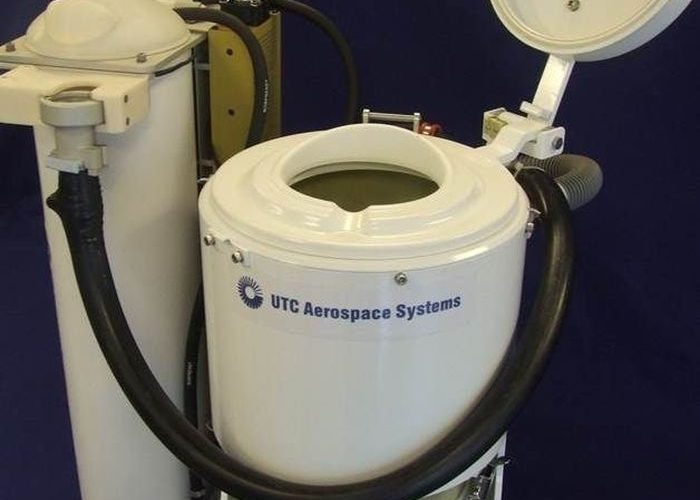A new solution for longer flights as part of bigger challenges
By the end of this year, the International Space Station (ISS) will receive a brand-new toilet system. Its name is fancy: UWMS which stands for NASA’s Universal Waste Management System and it’s designed to fill the gap between the current lavatorial space technology and a more comfortable system.
The new toilet is meant to prepare waste-management engineers for some of the challenges on future missions including the practice of looking to protect both Earth and the rest of the solar system from cross-contamination by living organisms. Waste collection and storage are ripe for such cross-contamination since human waste is full of microbes. So future Mars visitors won’t do like Apollo astronauts on the moon, who simply left bags of human waste on the lunar surface.
For Mars missions, which will be much longer flights, the volume is another challenge and the current estimates suggest Mars missions would need to manage about 600 lbs (270 kilograms) of solid waste, about 75% of which is water.
Those challenges mean that before humans head to Mars, waste-management experts have to stabilize and dry the metabolic waste to make it microbiologically inactive, possibly reuse that water, and reduce the number of consumables for the potty, because it does really accumulate on a long mission, and also looking at a way to reuse the waste.
And while the current standard practice of adding stench-dampening charcoal to fecal containers and storing those containers on the ship works now, for longer missions it is less appealing and may require too much mass.
The new station-bound toilet won’t face all of those challenges single-handedly, but it will improve on previous NASA designs for the shuttle and space station and incorporate crew feedback about those systems. The UWMS is also crucial to support the larger population on the U.S. side of the space station that the coming rise in commercial crew missions will facilitate, according to NASA.
The toilet currently on the U.S. side of the space station was designed in the 1990s and based on its shuttle counterpart, according to a detailed review of space toiletry. But the apparatus has its flaws. It can be clunky to use, particularly for women, and it is “sensitive to crew alignment on the seat,” sometimes resulting in messes.
So NASA has tried to keep the aspects that have gotten positive reviews while trimming mass and volume and making some design changes, like adjusting the shape of the seat and replacing the apparatus that compresses the waste.
Another change mimics a feature of the toilet on the Russian side of the space station, where astronauts simply hook their feet into toe bars, rather than the thigh bars used on the American equivalent to anchor the astronaut in the microgravity environment.
The UWMS will remain on the space station for the rest of the orbiting laboratory’s lifetime, and a second toilet of the same model will fly on the Orion capsule that astronauts use to fly around the moon on the first crewed Artemis mission in NASA’s ambitious lunar return plan, according to the agency.
Source space.com
